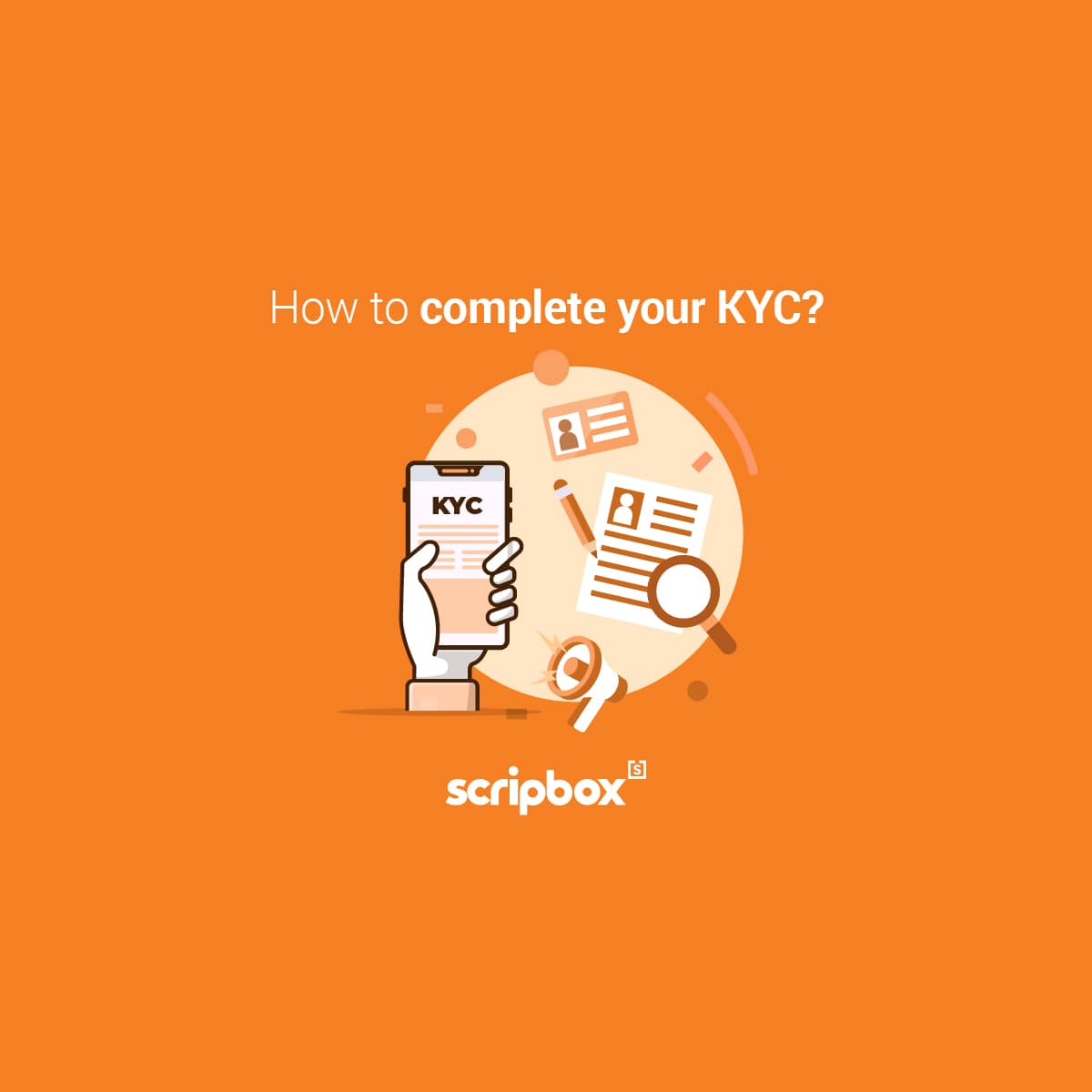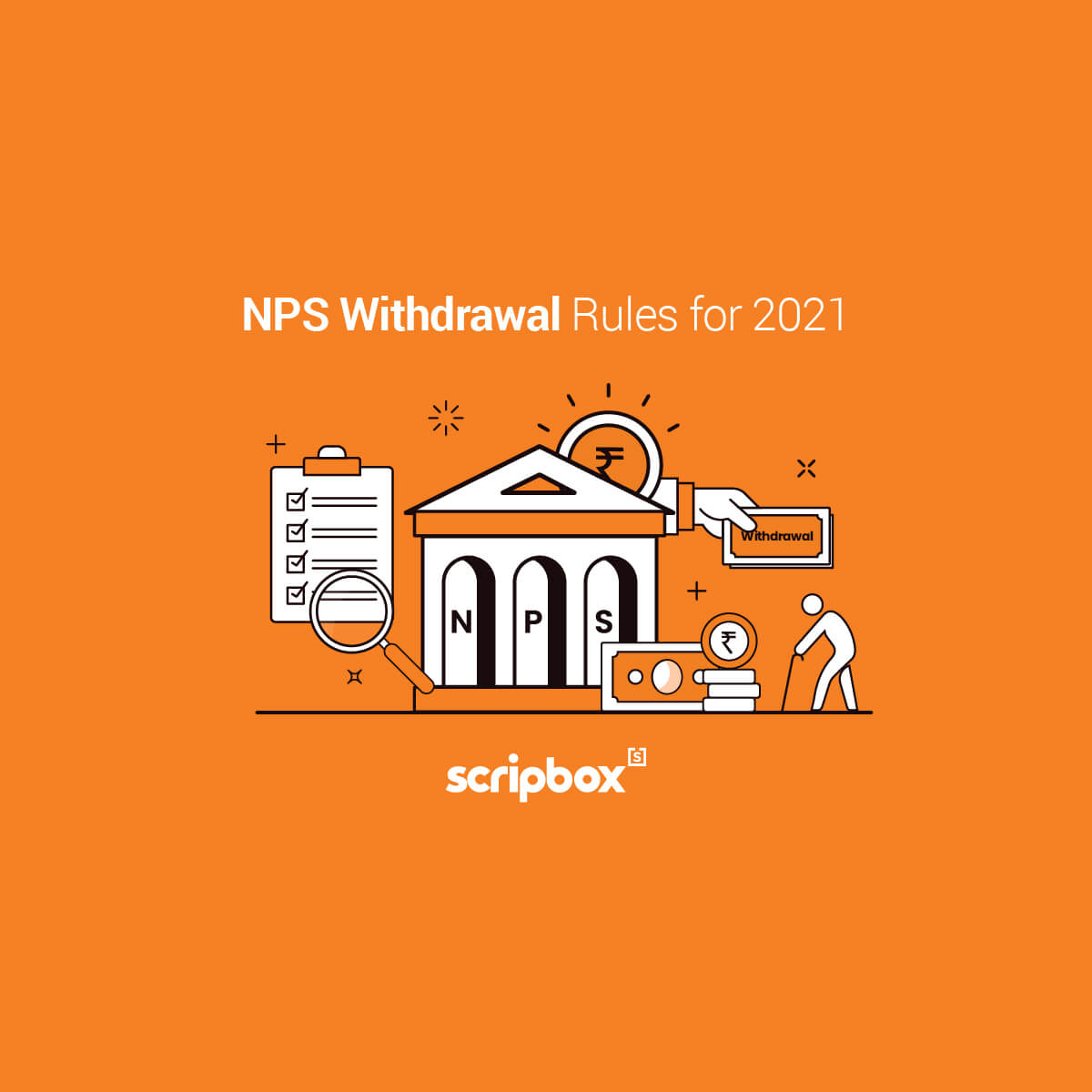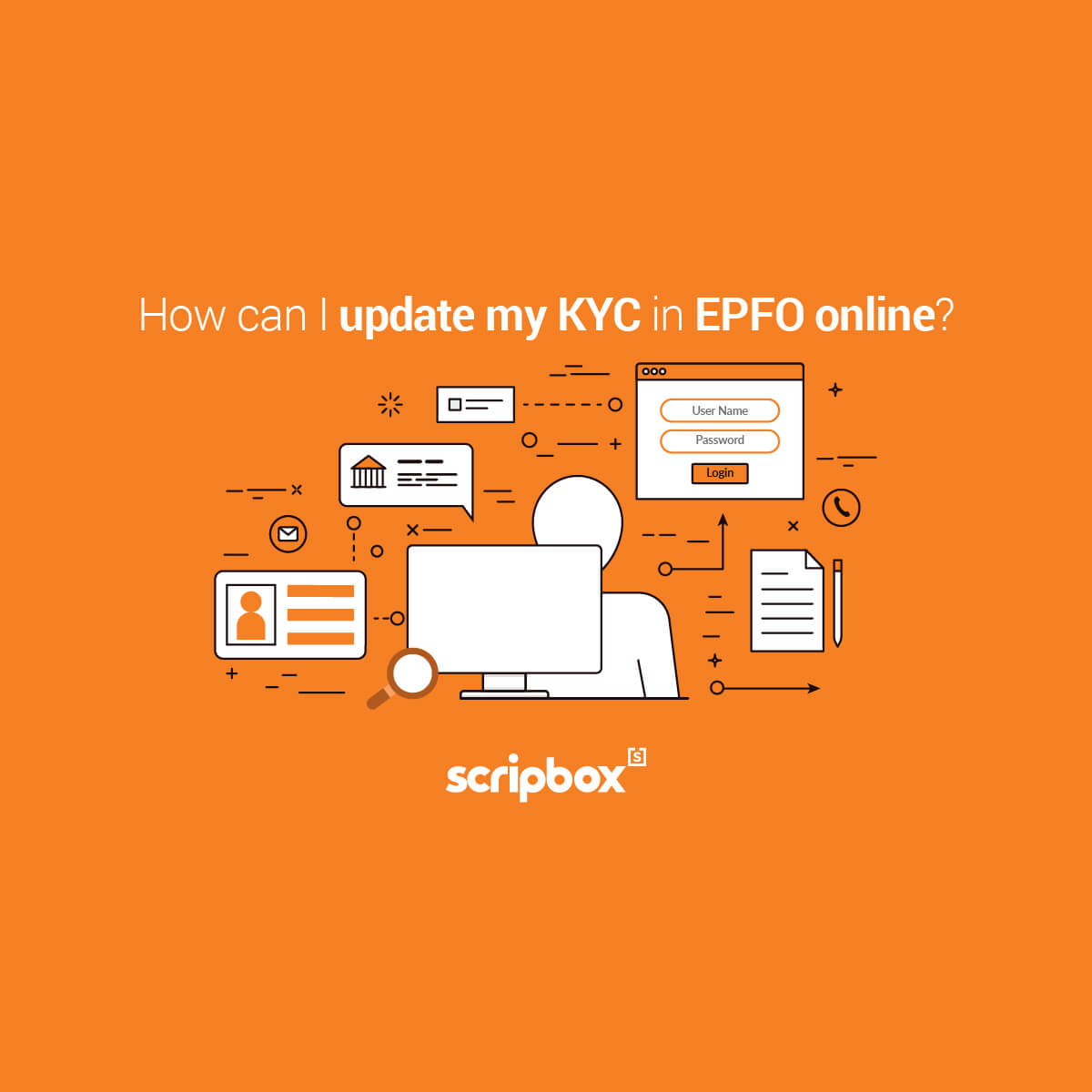Employee Provident Fund (EPF) and Public Provident Fund (PPF) are government savings schemes that guarantee returns and offer tax benefits. One is mandatory for all employees, while the other is a voluntary scheme for all Indians. These two schemes differ in terms of interest, liquidity, withdrawals, and lock-in period. Read to know more about EPF, PPF, and EPF vs PPF in detail.
What is Employee Provident Fund (EPF)?
The Employee Provident Fund is a popular retirement savings scheme launched under the supervision of the Government of India and regulated by the Ministry of Labor. Employee Provident Fund Organization (EPFO) manages EPF.
The EPF fund is built with the monetary contributions of both the employee and the employer. The scheme aims to accumulate sufficient retirement corpus during the employment years of an individual. Moreover, it inculcates the habit of saving and financial discipline among the working class.
The employee and the employer contribute 12% of the salary (basic and dearness allowance) towards EPF each month. At the time of retirement, the employee gets the EPF fund along with interest as a lump sum. EPFO fixes the interest rate, and also, the interest is completely tax-free in the hands of the employees. The current interest rate for EPF is 8.25% p.a. per annum and is valid for the entire financial year. The interest is calculated and transferred to the employee’s EPF account every year on March 31st.
The government backs this scheme, hence is considered as a risk-free investment for individuals. Also, it is mandatory for both the employee and employer to contribute to the scheme. Moreover, this scheme will continue throughout the employment years of an individual, even if they switch jobs. In case of a job switch, the employee is required to update the EPF information with the new employment details.
Also, in case there is no contribution to the employee’s EPF account for three consecutive years, the account becomes dormant or inactive. In such instances, the interest is paid on the existing amount until the individual reaches retirement age.
EPF falls under EEE tax regime. This means there is no tax on contribution, interest, and maturity, provided it is within the specified limit.
Check Out EPF Interest Rate FY 2025
What is Public Provident Fund (PPF)?
The National Savings Institute launched the Public Provident Fund (PPF) in 1968. It is one of the schemes that the government backs, and hence the returns are guaranteed. PPF is one of the post office savings schemes. Therefore, it is available at post offices and at select public banks.
Government Savings Banks Act, 1873 (earlier Public Provident Fund Act, 1968) governs PPF. All Indians can invest in PPF. However, NRIs and Hindu Undivided Families (HUFs) are not eligible to open a PPF account. Each individual can have only one PPF account in their name. However, one can open an additional account on behalf of a minor.
PPF accounts come with a lock in period of 15 years. Furthermore, investors have the option to stay invested for an additional five years. Each extension can be done for a block period of 5 years. Also, holding the investment for the additional duration does not require any further investments.
The minimum investment is INR 500, and the maximum amount per annum is INR 1,50,000. Investments above INR 1,50,000 do not earn any interest. One can invest either a lump sum amount or in a maximum of 12 instalments during a year. Furthermore, it is mandatory to make at least one deposit every year during the PPF account tenure to keep it active.
The current interest rate for the PPF account is 7.10% p.a. and is revised every quarter. The interest payments are made on March 31st every year. Also, the monthly interest is calculated on the minimum PPF balance between the 5th and 30th of every month.
PPF investments are tax exempted for investors as per Section 80C of the Income Tax Act, 1961. Furthermore, the return and maturity amount is entirely tax-free for the investors.
Difference Between EPF and PPF
| Parameters | EPF | PPF |
| Eligibility | Employees of a company registered under the EPF Act | All Indian citizens except for NRIs |
| Investment Amount | 12% of salary | Rs. 500 – 1,50,000 per annum |
| Investment Tenure | Quitting job permanently or transferred from one company to the other till retirement. | 15 years |
| Return | 8.25% p.a. | 8.25% p.a. |
| Contributors to the fund | Employee and Employer | Self-contribution, Investor himself/ herself |
| Tax Benefit | Contributions- Tax-deductible Maturity amount- Tax-free only on the completion of five years | Contributions- Tax-deductible Maturity amount- Tax-free |
| Governing Act | Employees’ Provident Funds and Miscellaneous Provisions Act, 1952 | Government Savings Banks Act, 1873 |
| Offered By | Employee Provident Fund Organization (EPFO) | Post offices and select public banks |
| Loan | Under certain special scenarios | between the third and the fifth year not exceeding 25% of the second financial year’s investments |
| Liquidity | Withdrawal under cases such as higher education, or permanent resignation, etc | First 5 years- No premature closure or partial withdrawals |
EPF vs PPF – Which one should you invest in?
Both PPF and EPF are government schemes that give guaranteed returns at the end of their tenure. However, while choosing between EPF vs PPF, one has to understand their goals and requirements.
EPF is mandatory for employees in the public and private sectors. So, if you are an employee, you are definitely contributing to the EPF fund. EPF is a little riskier than PPF, as it has some equity exposure. Nevertheless, it guarantees returns. Also, EPF is more liquid than PPF. In case of unemployment, you can withdraw up to 75% of the corpus. EPF withdrawals before five years are taxable.
Moreover, if you decide to leave your job to start your own business, then you will not be able to contribute to EPF. However, the existing corpus will keep earning interest until retirement. Employed individuals should take advantage of the benefits EPF offers.
PPF, on the other hand, is a voluntary savings scheme. This scheme is open to all Indians except for NRIs. Investment in PPF has a lock-in of 15 years. However, the scheme allows partial withdrawals after the 6th year. PPF also falls under the EEE category. Hence withdrawals aren’t taxable. The interest on PPF is always less than EFP. However, PPF will suit investors who can lock in their investments for 15 years.
Concluding Remarks
One has to note that both EPF vs PPF give much less return than equity mutual funds. Though riskier, equity mutual funds have a higher potential to give good returns in the long run. Since both EPF and PPF are long term investments, one can always look at other investments like equities and equity mutual funds to earn higher returns. However, do not ignore the tax benefits EPF and PPF offer, and make sure to take advantage of tax-free investments before diversifying to other investments.
Related Articles
- What is Employee Provident Fund (EPF)?
- What is Public Provident Fund (PPF)?
- Difference Between EPF and PPF
- EPF vs PPF – Which one should you invest in?
- Confused if your portfolio is performing right enough to meet your goals?
- How long have you been investing in mutual funds?
- What is your current portfolio size?
- What is your approximate annual household income?
- Your profile does not qualify for a call with a Financial Expert.





























Show comments